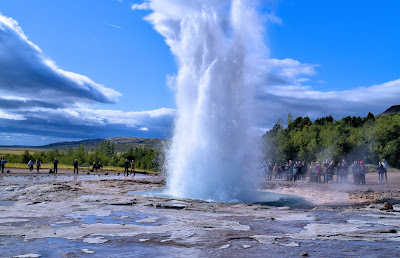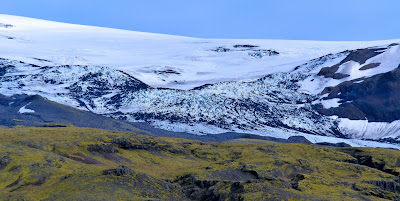What
I have been reading -1
Polish Girl by Monika Wisniewska.
Subtitle;
In Pursuit of the English Dream.
I am the sort of traveller who chooses to have a good
book within reach. On mega air journeys I prefer a good read rather than squint
at an airline screen fixed to the seat in front. If the book is a ``page
turner’’ then all the better. Polish Girl is one of those.
Monika Wisniewska has a master’s degree in EU Economic
Relations. She is also an accomplished English speaker. So equipped, it should
have been easy to find agreeable employment in one’s adopted country. For our
heroine it was not. She gets menial employment at an airport restaurant.
Management is not accommodating and work colleagues seemingly have few
interests outside money and drinking parties. When homesick she wishes to visit
her wonderful Mom in Poland. But her wages are insufficient to purchase the air
ticket. Despite her feelings of angst threatening to break her spirit, she
hangs in, finding better employment and comfortable lodgings. She is also keen
to discover the perfect man to share her life with. She has several
relationships. Some offer commendable highlights before turning to custard. So
well does she pen her words, I am quickly discovering fault lines in some of
her suiters.
Her story begins with the end of her most cherished
relationship as her possessions are returned to Poland. The section is headed;
``the path to paradise begins in hell,’’ a quote from Dante Alighieri. Sometime
previously she meets John at dancing classes. Things begin well but he is
struggling with a messy divorce that appears to have no settlement. I get an
inkling John is not being as honest as he should be. He is well-moneyed but
losing much of it to the demands of his estranged wife and their son.
When John gets new employment he has Monika move with
him to a villa near Amsterdam. It promises to be the beginnings of a new life
but while John enjoys many business trips, Monika is left at home. She fills
her time keeping the villa looking perfect for John’s infrequent homecomings.
She asks herself, how many times she needs to clean the same windows. John has
promised to help her find employment but continually reneges. This
understandably does not suit our well-qualified outgoing Monika.
Eventually Monika gives John the ultimatum to
exclusively commit his life to her. He opts out reciting vague unconvincing
reasons. Monika finds solace in an
ability to love herself and her own company.
The English dream is finally derailed with Brexit. The
vote was partly a racist one wishing to curtail the free movement of people
between EU countries. (Blog writer’s opinion.) Monika discovers an unfriendly
attitude from some former colleagues.
Polish Girl is Wisniewska’s first book. She published
it herself, presumably via Amazon. It is available as an e-book or paperback.
It is recommended. A delightful ``page turner.’’ In my dreams I am likely to
wish I had met a Monika Wisniewska in my younger life and offered the perfect
relationship. I say ``in my dreams’’ as my track record has, sadly, had flaws.
Polish Girl storytelling allows the reader to be
occasionally intrigued by snippets of Polish life and culture.
If Wisniewska is an upcoming Polish woman writer, she
is not alone. Another Polish woman, Olga Tokarczuk, has written a book Flights.
It was the winner of the 2018 Booker Prize.
Maybe something wonderful happens when a Polish girl
empties her mind with pen and paper. Or, more correctly, with fingers dancing
on a keyboard.




































